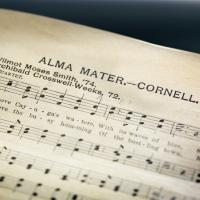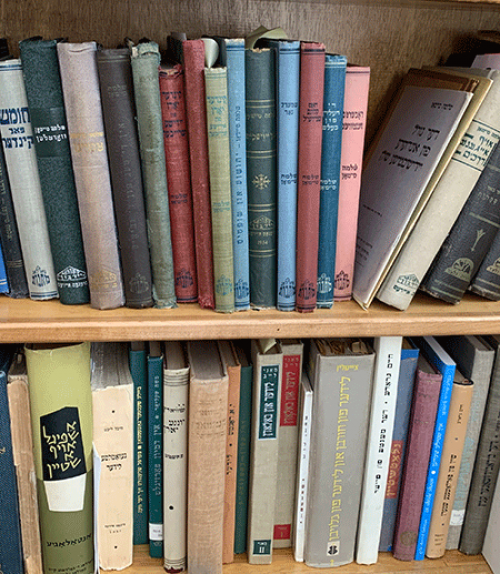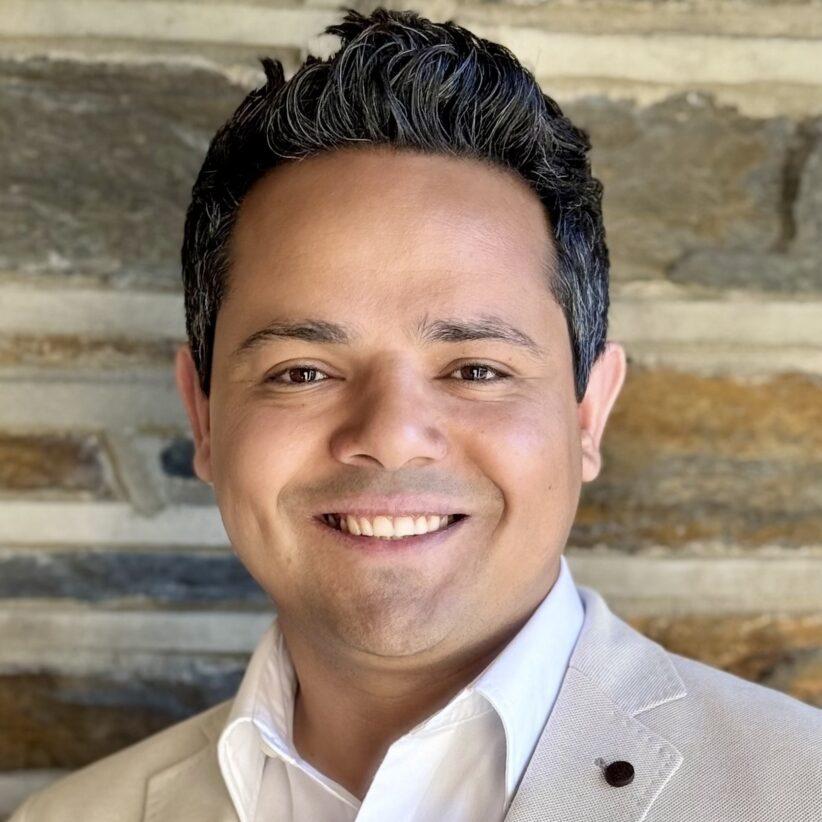
 Department Homepage
The College of Arts & Sciences
Department Homepage
The College of Arts & Sciences
Yiddish course offers ‘laboratory’ for studying cultures
"In the old world, Yiddish was the vernacular, the language of the everyday, the language of the home."



